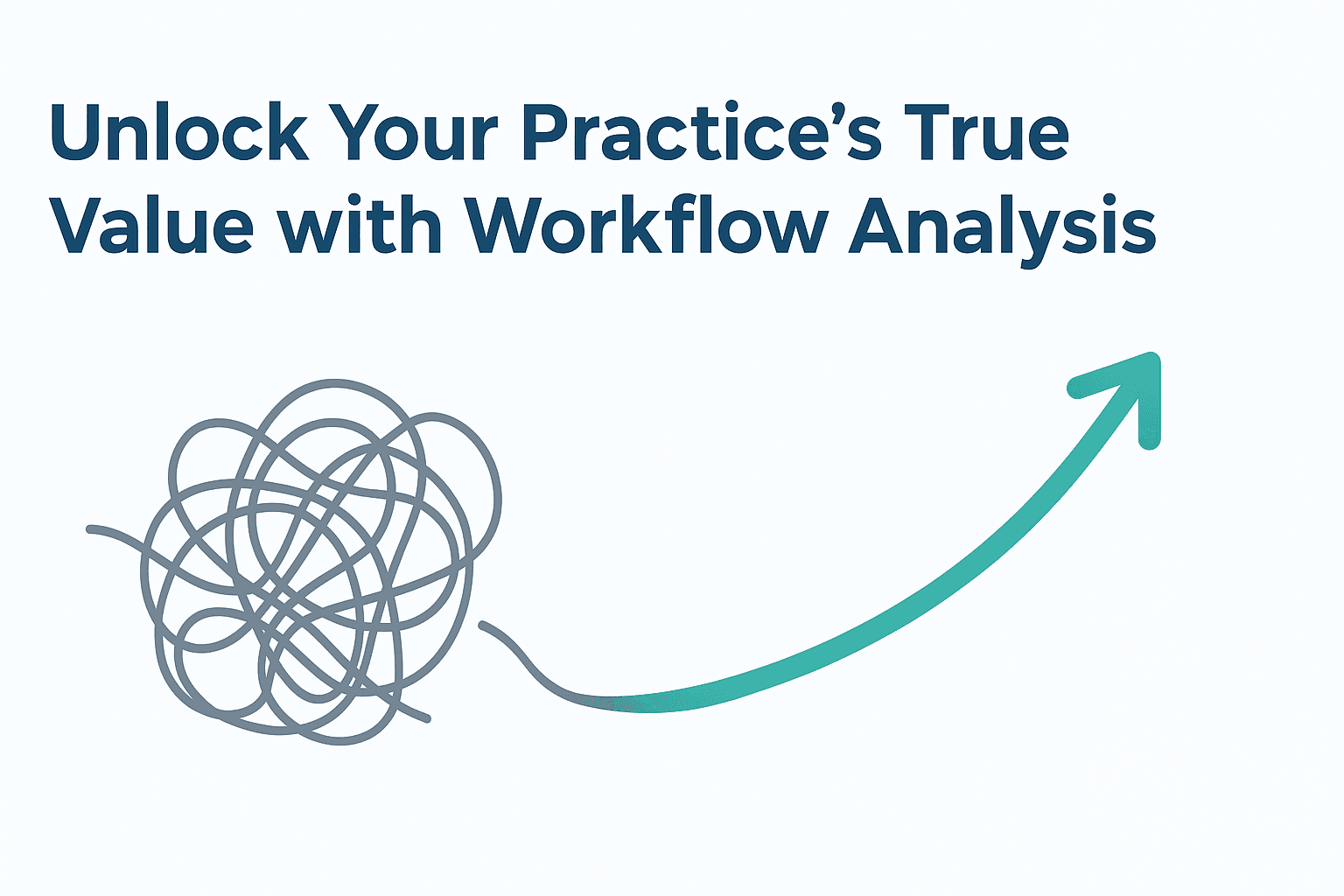The market for Urgent Care in Virginia presents a historic opportunity for practice owners. Growth is strong, and buyer interest is high. If you are a practice owner, this means your asset is likely more valuable than ever. Selling your practice is a major decision that requires a clear understanding of market dynamics, valuation, and process. This guide provides insights to help you navigate this nuanced journey and make informed decisions for your future.
Market Overview
The national urgent care market is expanding at a remarkable pace. The number of U.S. centers nearly doubled in the last decade, with the market valued at over $34 billion in 2024 and projected to grow. Virginia’s urgent care landscape mirrors this robust trend, benefiting from strong demographic and economic tailwinds. This growth isn’t accidental; it s powered by clear shifts in healthcare delivery and patient behavior.
Shifting Patient Preferences
Patients increasingly choose urgent care for its convenience, lower costs, and accessibility compared to traditional emergency departments. The ability to walk in, see a provider quickly, and pay less out-of-pocket is a powerful draw that continues to fuel demand across the Commonwealth.
Healthcare System Gaps
Urgent care centers fill a critical gap left by overburdened primary care physicians and crowded hospitals. With an aging population requiring more frequent medical attention and a growing number of insured individuals seeking care, your practice serves a vital function that sophisticated buyers recognize and value.
Key Considerations for Virginia Owners
As an owner in Virginia, your practice operates within a unique environment. Your payer mix, which is likely dominated by commercial insurance with a significant out-of-pocket component, is attractive to buyers. It signals a stable and profitable patient base. However, the competitive landscape in Virginia is also a major factor. You are competing not just with other independent operators but also with urgent care centers owned by large regional health systems. Understanding how your practice is positioned against these players is a key part of developing a successful exit strategy. Your location, service lines, and local reputation all contribute to a narrative that needs to be carefully crafted for potential buyers.
Market Activity and Buyer Landscape
The urgent care sector is a focus of M&A activity, driven by a wave of consolidation. Today s buyers are sophisticated and strategic, looking for well-run practices to add to their portfolios. Understanding who they are is the first step in positioning your practice effectively.
-
Private Equity Platforms. These buyers see urgent care as a stable, high-growth industry. They often acquire a larger “platform” practice and then add smaller “tuck-in” acquisitions to build scale, efficiency, and geographic density. They focus heavily on financial metrics and growth potential.
-
Strategic Health Systems. Large hospital networks in Virginia acquire urgent care centers to expand their footprint, relieve pressure on their emergency departments, and create a direct referral stream into their system for higher-acuity care. They value location and community integration.
-
National Urgent Care Chains. Established national operators are always seeking to enter new markets or increase their density in existing ones. They look for practices with strong operational teams and a solid patient base that can be integrated into their brand.
The Sale Process at a Glance
Selling your practice is not a single event but a structured process. It begins long before you speak to a buyer. The first phase is preparation, where you organize your financial records, normalize your earnings, and build a cohesive story about your practice s value. Next, we would confidentially market your practice to a curated list of qualified buyers, creating competitive tension to drive value. This leads to negotiation, where offers are refined into a formal Letter of Intent (LOI). The most intense phase is often due diligence, where the buyer scrutinizes every aspect of your business. Proper preparation upfront prevents this stage from derailing the deal. Finally, the process culminates in the closing, where legal documents are signed and the transition begins.
Understanding Your Practice’s Value
A common question we hear is,
What is my practice worth?
The answer begins with a metric called Adjusted EBITDA. This is not just the profit on your tax return. It is your practice’s true cash flow, calculated by adding back owner-specific and one-time expenses to your reported earnings. This Adjusted EBITDA figure is then multiplied by a number, or “multiple,” to determine your practice’s enterprise value. This multiple is not a guess. It is determined by specific risk and growth factors. A higher quality practice commands a higher multiple.
| Factor | Lower Multiple | Higher Multiple |
|---|---|---|
| Scale | Single provider, <$500k EBITDA | Multi-provider, $1M+ EBITDA |
| Provider Model | 100% owner-dependent | Associate-driven clinical team |
| Location | High competition, low growth area | Strategic location, growing population |
| Payer Mix | High Medicaid or uninsured | Strong commercial insurance base |
Getting this calculation right is the foundation of any successful sale.
Life After the Sale
The transaction is not the end of the story. Your role after the sale is a key part of the negotiation. For many owners, selling does not mean walking away. You may choose to continue practicing for a set number of years, or you may retain a portion of ownership in the new, larger company through “rollover equity.” This approach allows you to take significant cash off the table now while participating in the future success of the enterprise, offering a potential second, larger payout down the road. The structure of your deal has major implications for your personal wealth, your legacy, and the future of your dedicated staff. Planning for these outcomes from the very beginning is how you ensure the result meets your long-term goals.
Frequently Asked Questions
What is driving the current strong market interest in selling Urgent Care practices in Virginia?
The urgent care market in Virginia is expanding rapidly due to strong demographic and economic trends, increased patient preference for convenient and lower-cost care compared to emergency departments, and the role urgent care centers play in filling gaps left by overburdened primary care and hospitals.
Who are the typical buyers for urgent care practices in Virginia?
Typical buyers include Private Equity platforms seeking high-growth stable investments, strategic health systems expanding their footprint and referral networks, and national urgent care chains looking to enter new markets or increase density in existing ones.
How is the value of an urgent care practice in Virginia typically determined?
Practice value is typically based on Adjusted EBITDA, which reflects true cash flow by adjusting earnings for owner-specific and one-time expenses. This figure is multiplied by a multiple that accounts for factors like scale, provider model, location, and payer mix to determine enterprise value.
What steps are involved in the sale process of an urgent care practice?
The sale process includes preparation (organizing financials and crafting the value story), confidential marketing to qualified buyers, negotiating offers into a Letter of Intent (LOI), due diligence by the buyer, and finally closing with legal paperwork and transition planning.
What options do owners have for their involvement after selling their urgent care practice?
Owners may choose to continue practicing for a defined period, retain partial ownership through rollover equity, or fully exit. These choices affect personal wealth, legacy, and staff continuity, so planning for post-sale involvement is crucial to meet long-term goals.



